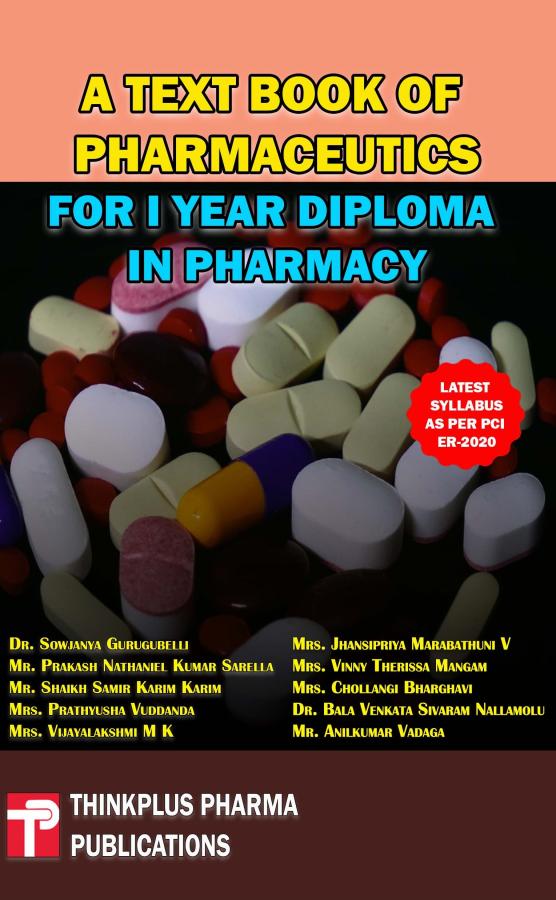Chapter 11: Tablets
Synopsis
Author
Miss Golla Venkata Sowmyasree
Assistant Professor, Dept of Pharmaceutics, Annamacharya College of Pharmacy, Rajampet, Andhra Pradesh, India
Abstract: Tablets are the most widely used solid dosage form in pharmaceutical practice, offering advantages such as precise dosing, stability, and patient convenience. This section explores the various types of tablets, including immediate-release, modified-release, and orally disintegrating tablets, each designed to meet specific therapeutic needs. The composition of tablets, including active ingredients and excipients such as diluents, binders, disintegrants, and lubricants, is discussed in detail. Tablet manufacturing processes, from wet granulation and dry granulation to direct compression, are examined, highlighting the factors influencing the choice of method. Critical quality attributes of tablets, such as hardness, friability, disintegration time, and dissolution rate, are explored along with their testing methods. The principles of tablet press operation and the impact of compression forces on tablet properties are addressed. Coating processes, including film coating and sugar coating, are discussed in relation to their functional and aesthetic benefits. Common tablet defects, their causes, and remedies are outlined to aid in troubleshooting manufacturing issues
Keywords: Solid dosage form, Compression, Granulation, Dissolution, Coating, Quality control


 .
. 